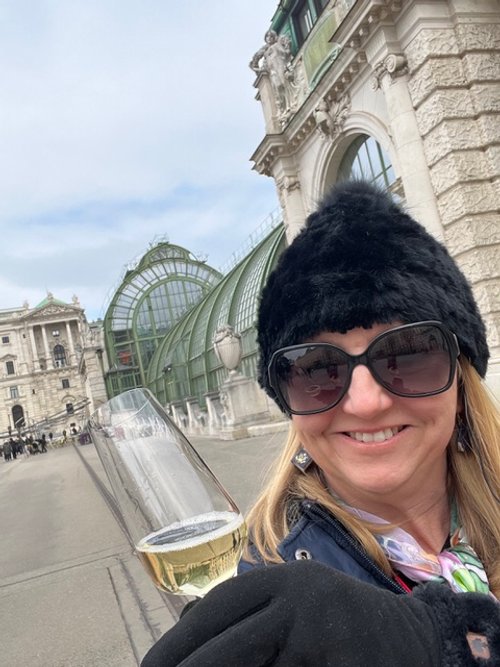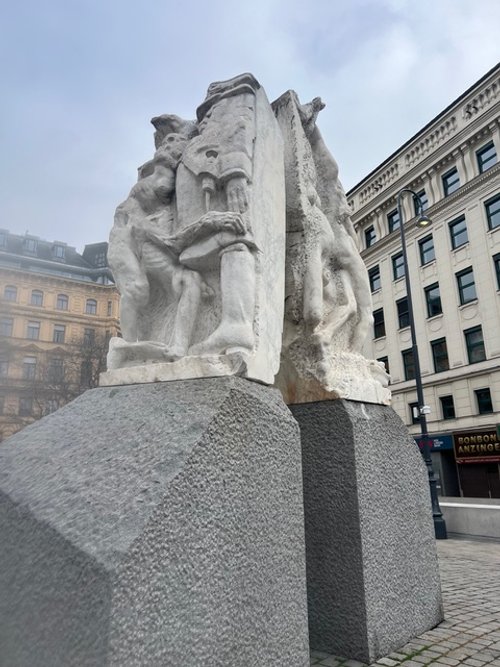A mother’s life in poems
“Communion
Eyes look down.
Souls look up.”—Dodie Horne, Root &Plant &Bloom, Poems by Dodie Walton Horne, edited by Jennifer and Mary Horne, 2020, p. 104.
Dodie wrote poems from childhood. She died prematurely in 1994, at age fifty-nine, from a brain tumor. How ironic that a woman who dearly loved words died of cancer in the center of her body where words form. Dodie’s daughters, Mary and Jennifer, surveyed around 370 of their mother’s poems and beautifully packaged and published them as a gift to us.
The book is divided into sections by subject, headed with lines from her poems. For example, “They Brought Me Spring” is about motherhood. “Life in Little Rock” is about younger adulthood and self-acceptance. The “Calendars and Clocks” section is about time passing and aging. “The Questing Why” concerns religion and the spirit.
Dodie was a girlfriend, soul friend, and masseur who cared for my wounded body through many physical trials. I loved visiting her in her last home deep in the woods in Ferndale, except I was never certain each time if my car would make it through the winding, rough dirt road!
I visited Dodie during her illness. I remember leaving magnolia branches in her room on our last visit in July. She never spoke. She died soon after the visit. I treasured the thought that the magnolia fragrance filled her room and helped midwife her into God’s arms. I could not hold back tears from the synchronicity of Dodie’s last writing, “REAL LIFE,” that Jennifer and Mary left in the book.
“— ‘REAL LIFE’ events are not necessarily events; this evening in July shows me that the magnolia candles have finished spreading their light and dropped to the ground, replaced by glowing lightning bugs random cool breezes. I look out on this scene and feel it with all my senses.
—And there would be, there is: writing—in itself an act of gratitude. ‘REAL LIFE’ goes on.” 1
As our large magnolia tree blossoms by our house, I always remember Dodie and what she taught me.
Dodie couldn’t hold back the words of love and gratitude she gave to so many people in her lifetime and now beyond.
1 p. 188.
Joanna Seibert https://www.joannaseibert.com/









